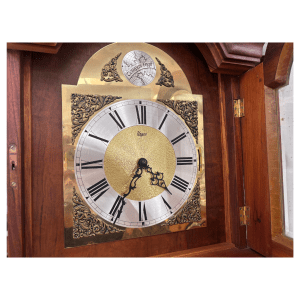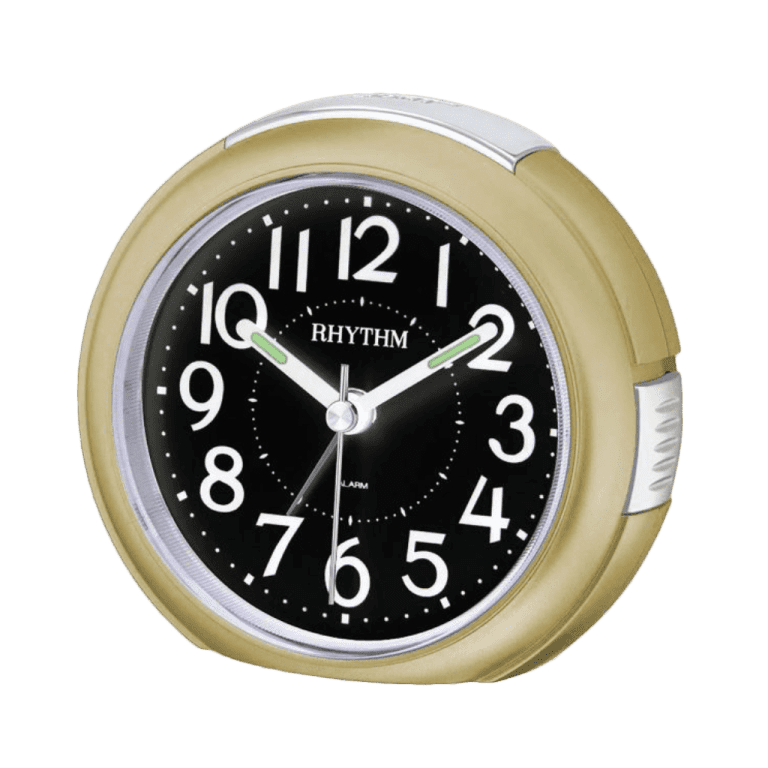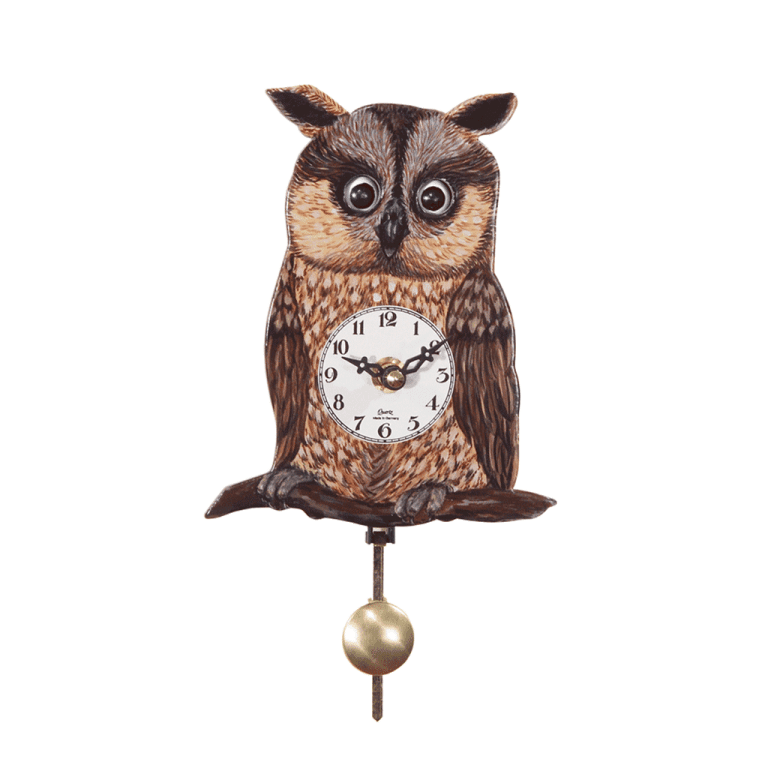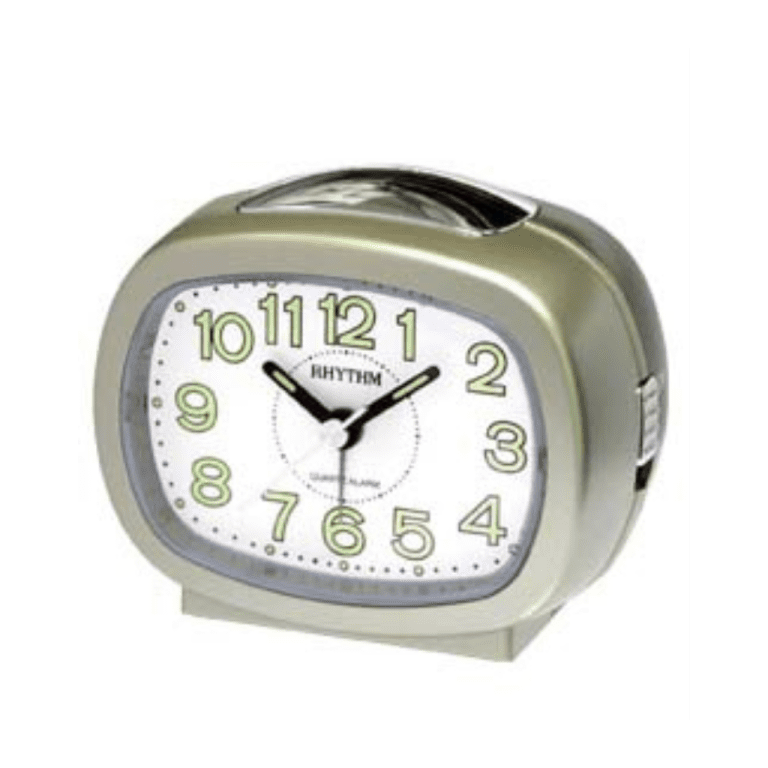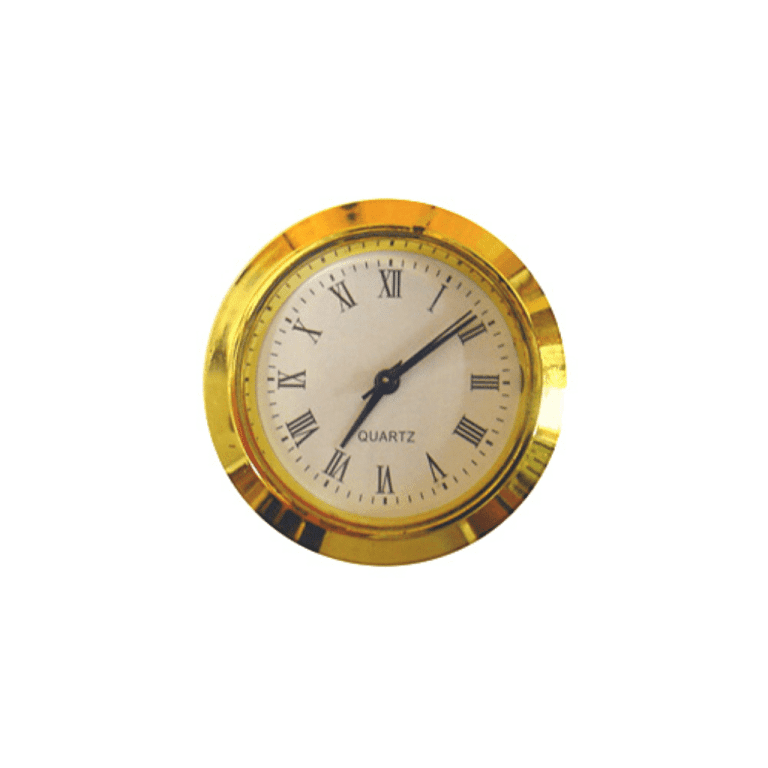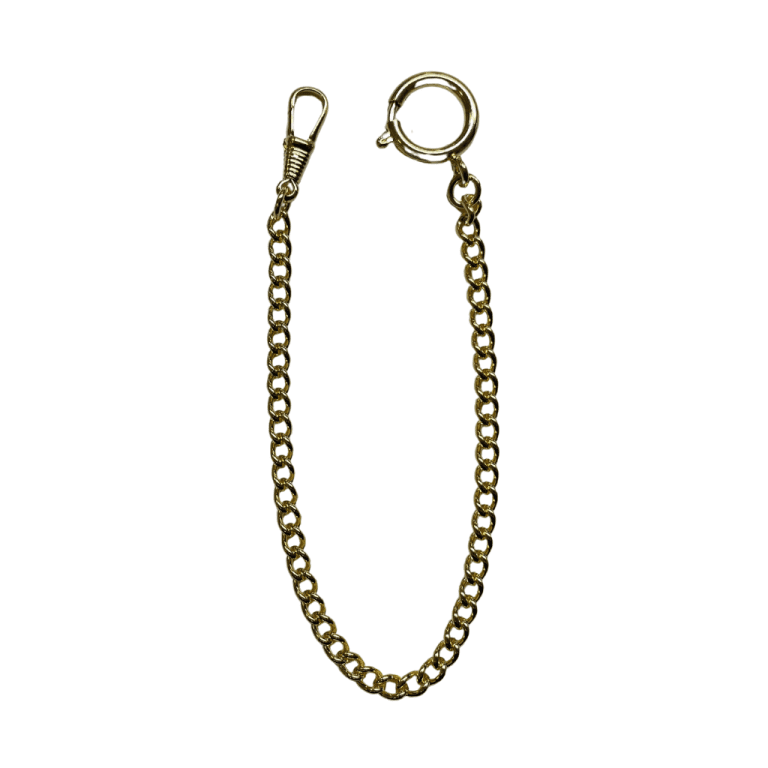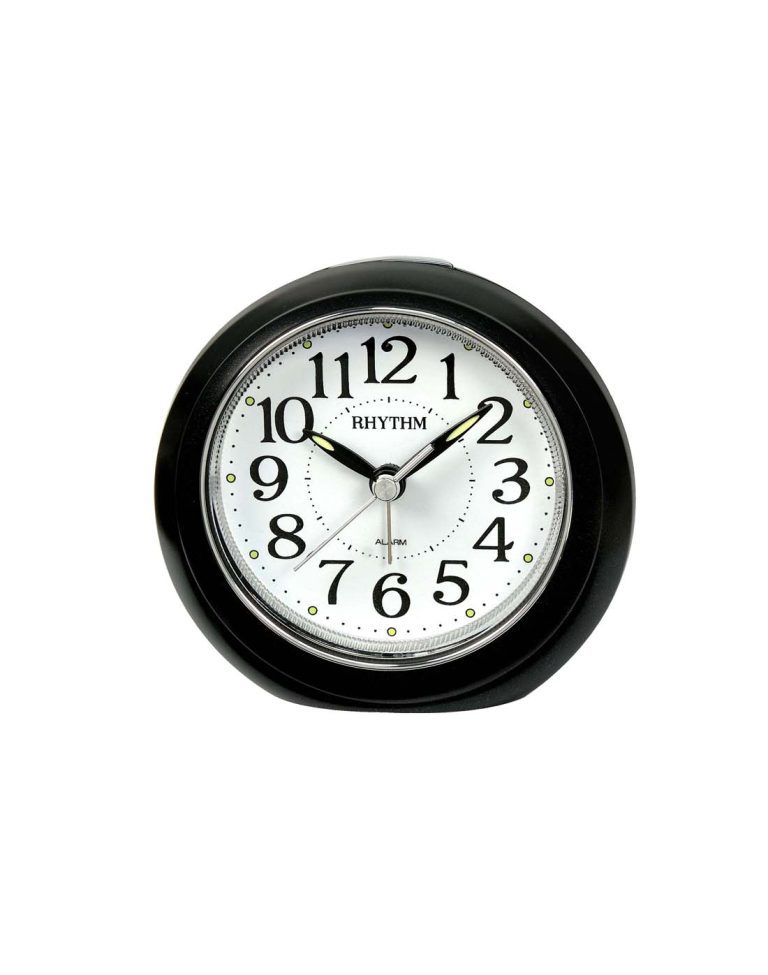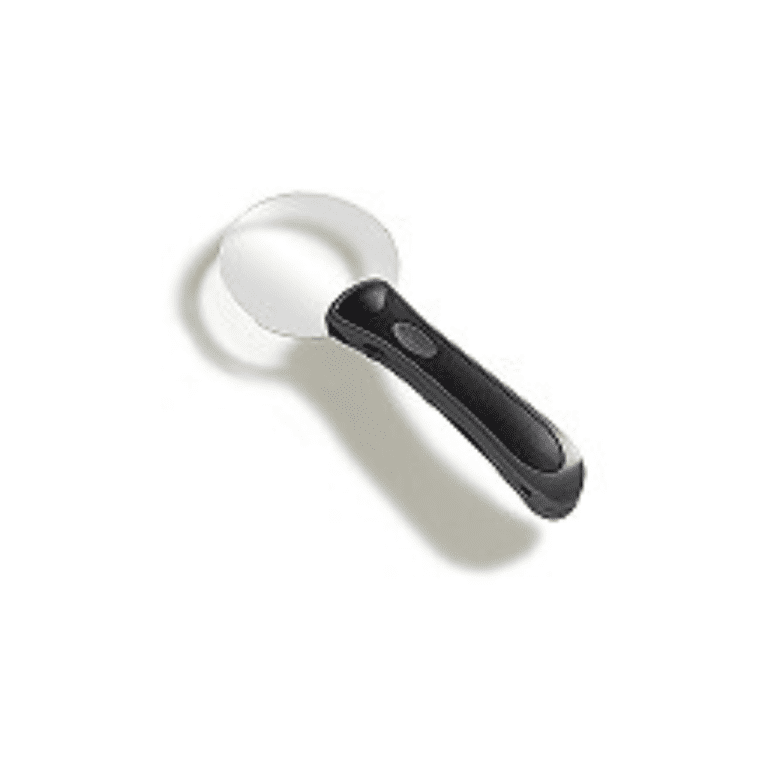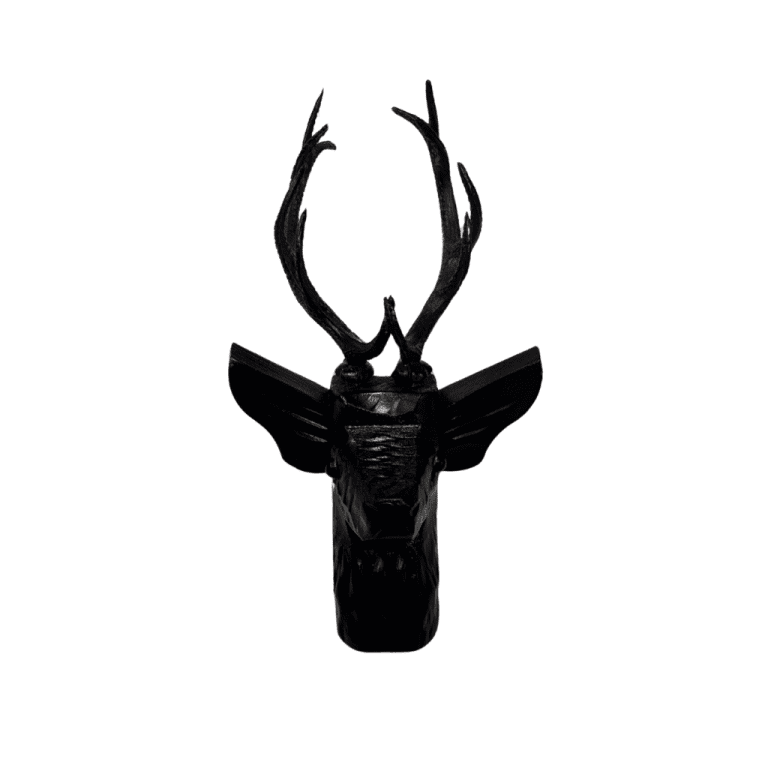Maybe the antique pocket watch that lives on one of our bookshelves could help me.…
We’d gotten the pocket watch years ago, at an antiques fair or market or maybe even a garage sale. That’s one of the things about living in Paris: centuries-old objects turn up in the most unexpected places. It’s just as easy to walk out your door on a weekend and come back with groceries as it is to find, say, an old photograph or set of silverware or even an antique sword.
I thought that the pocket watch might be just the thing for illustrating the announcement about my first Kindle Countdown Deal. Although the pocket watch on our shelf probably doesn’t date to 1870, the time when most of Hearts at Dawn takes place, a watch very much like it could easily have been owned and by many of the characters and passersby in the book.
I began to take photos of the watch, which I placed on one of my favorite scarves, a black one studded with gold stars.
I’ve always found this watch — well, I can’t say “pretty” (that’s more a word I’d use for a star-covered scarf) but “handsome.” And like any object from an era I will never be able to visit outside my imagination, I’ve always had respect and reverence for it. But I have to admit that as I took those photos, I was more focused on things like light and angles than on the watch’s story.
And then, its second hand started to move.
My husband had bought this watch for its charm, not its functionality. Its crown, a bulb-shaped part at the top,is missing and the pin to wind it is stuck inside its holder. I never expected that it might still work. And yet, here it was, ticking again after who knows how many decades, maybe nearly a century.
It was like someone greeting me from long ago.
I stopped what I was doing and gently picked the watch up and held it to my ear. The second hand’s ticks sounded like a tiny, racing heart. I wondered about the person or people whose days had been accompanied by that soft, urgent ticking, back when the watch worked.
Not long after, the second hand stopped again, and for a time,things felt a little emptier.
I was so grateful for those seconds of connection. It’s one of the best parts about collecting old objects and researching history. Sometimes, something comes to you and reminds you that these are not just objects and facts — there was life here. Sometimes there still is.
I felt inspired to learn more about our watch. Could I identify where it was made, or when and by whom?
Pocket watches usually bear some kind of maker’s mark. From what I learned, the marks that you might find stamped into the metal of their cases often have less to do with the company that made them or the year they were made, than they do with their country of origin and the type and quality of metal the case is made of. To learn who made the watch itself (that is, the movement (gears) and dial), you have to open the back and look on the movement.
Our watch seems sturdy when you hold it, but when you try to open it, you realize that the back seems to have taken a hit (perhaps this hit is related to why the crown is missing). I was worried about even the gentle bit of force needed to open the layers of the case, but I managed to be careful.
Inside, the movement looked as though it was made yesterday. How strange, like opening something that had been sealed against the world, maybe even time itself.
After marveling at that, I had my first disappointment of the afternoon. I couldn’t find any definitive kind of maker’s mark on the movement. There was one word that I could make out easily: “Retard” (“Late” in French — this was probably related to the part of the watch that could regulate the time). Above that, with a bright light and a magnifying glass, I was able to discern the word “Ava”. It wasn’t flashy and didn’t stand out like most maker’s marks seem to. But it was all I had to go on.
There was also a hallmark on the inside of the case, an “L” with what appears to be either a sun, star, spade, or cicada beside it, depending on the angle.
I was able to find two catalogues of watch hallmarks from around the world, one from respected German source Mikrolisk and one from an older French source. Neither one revealed anything about the hallmark on the case.
I might have been successful with “Ava”, though. According to Mikrolisk, this hallmark was probably used by Chs Leon Schmid/Vve. Chs. Leon Schmid & Co., a Swiss watchmaker. The watch would date to 1904 in that case. But it might also refer to German watchmaker C.B. Schärtel and would date to 1906.
So, as I’d expected, our watch is likely from the Belle-Époque, rather than the end of the Second Empire, when Hearts at Dawn is set.
Still, like many functional objects (especially of the past), watches didn’t change dramatically in so short a time. A search for “pocket watch 1870” shows many watches that look very similar to ours.
Here are a few additional interesting pocket watch facts I learned in my research:
– A pocket watch like ours, which doesn’t have a protective metal cover over the face, is called an open-face watch.
– Many watches from the 19th century, on, have very small fragments of jewels in their movements. These are used to reduce friction between the moving parts. The more jewels you have, the more precise the movement. Railway watches, which needed to be as close to perfectly on time as any human invention could hope to be, had at least a dozen or so rubies in their movements. Our watch, which probably wasn’t used by someone who worked on the railroad, has 10. You can see this indicated on the layer of the case that protects the movement.
– Our watch has what appears to be a very tiny button on its upper left rim. It looks like a button on a modern-day wrist watch, but this gregarious video taught me that this is actually the top of a pin, which you would slide out of that small tube and use to set your watch. Unfortunately, as I mentioned before, the pin seems to be stuck. But it’s amazing that it’s still there.
But the most wonderful thing I discovered is that our watch hasn’t returned to its silent state for good. A few hours after it stopped ticking, I suddenly had an idea. Maybe it had just been a question of movement — human movement, this time. I picked the watch up again and gently shook it and suddenly, the second hand started ticking!
It lasted a little bit longer than the first time, but not by much. Still, I loved hearing that old sound, even for a short while.
Credited to:https://alysasalzberg.medium.com/



